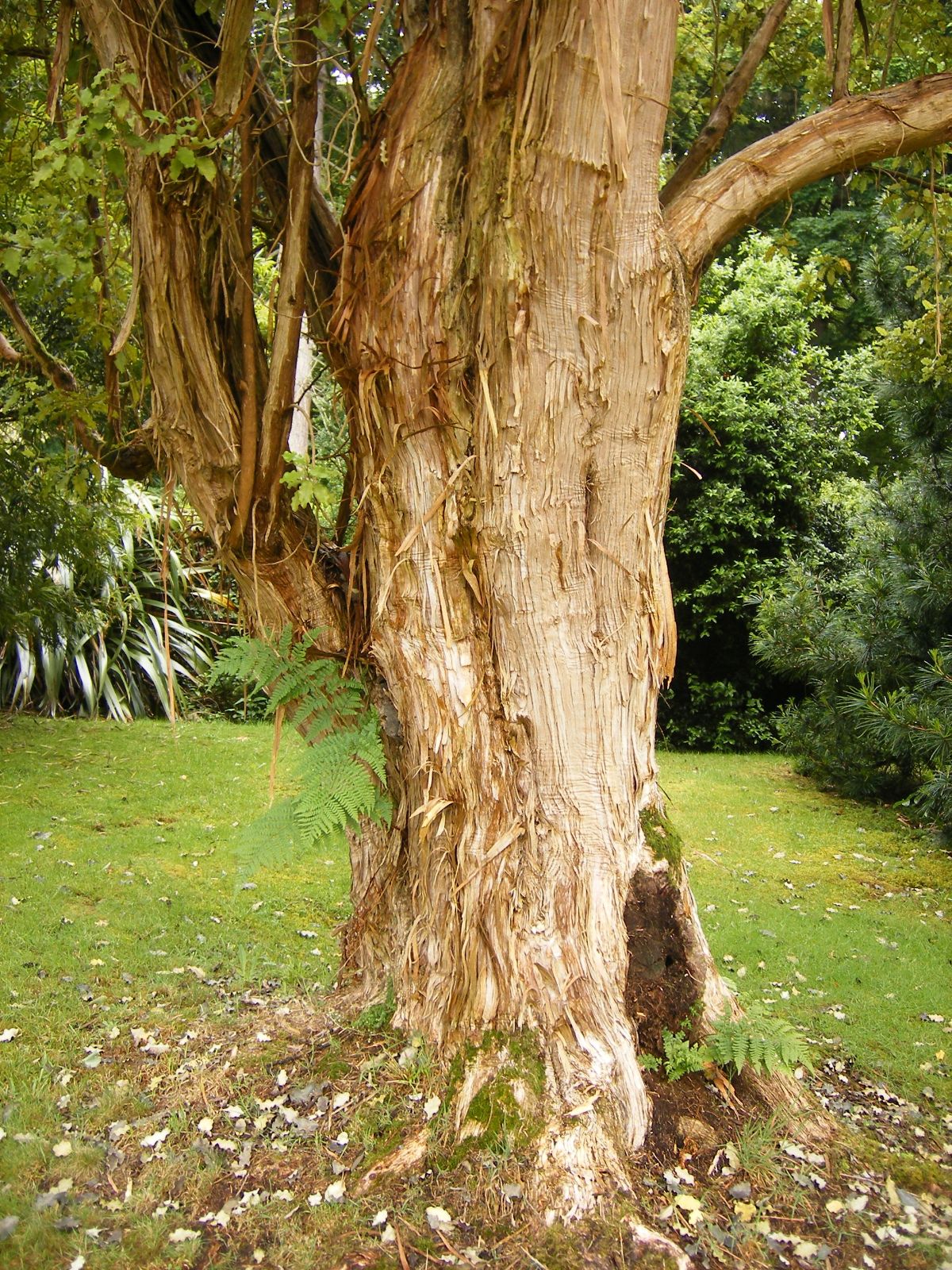Olearia paniculata
Credits
Article from Bean's Trees and Shrubs Hardy in the British Isles
Recommended citation
'Olearia paniculata' from the website Trees and Shrubs Online (treesandshrubsonline.
Genus
Synonyms
- Shawia paniculata J. R. & G. Forst.
- Eurybia forsteri Hook. f.
- Olearia forsteri (Hook, f.) Hook. f.
Other taxa in genus
- Olearia arborescens
- Olearia argophylla
- Olearia avicenniifolia
- Olearia chathamica
- Olearia cheesemanii
- Olearia colensoi
- Olearia erubescens
- Olearia frostii
- Olearia furfuracea
- Olearia × haastii
- Olearia ilicifolia
- Olearia ilicifolia × O. moschata
- Olearia insignis
- Olearia lacunosa
- Olearia ledifolia
- Olearia macrodonta
- Olearia × mollis
- Olearia moschata
- Olearia nummulariifolia
- Olearia odorata
- Olearia phlogopappa
- Olearia ramulosa
- Olearia rotundifolia
- Olearia × scilloniensis
- Olearia semidentata
- Olearia solandri
- Olearia traversii
- Olearia virgata
An evergreen shrub or a small tree up to 20 ft high in its native country; young shoots ribbed and furnished with a dark brown scurf, as are also the leaf-stalks and flower-stalks. Leaves alternate, leathery, ovate or oval, rounded or slightly heart-shaped at the base, mostly blunt at the apex, the margins entire but conspicuously wavy, 11⁄2 to 31⁄2 in. long, 1 to 13⁄4 in. wide, shining green and without down above, clothed beneath with a grey-white, closely appressed felt; stalk 1⁄3 to 3⁄4 in. long, grooved. Flower-heads dull white, produced in small, pyramidal, axillary panicles in October and usually about 2 in. long; each flower-head is cylindrical, 1⁄4 in. long, composed of a solitary tubular floret enclosed by erect, slightly downy, dull white scales. Salmon, New Zealand Flowers and Plants in Colour, t. 104.
Native of both the main islands of New Zealand, up to 1,500 ft. It is not hardy near London except against a wall, but is grown outside in several parts of the British Isles, especially in the west, where it makes an excellent hedge, resistant to sea winds. It has no beauty of flower, but the blossoms are fragrant and continue to open during November and December.

